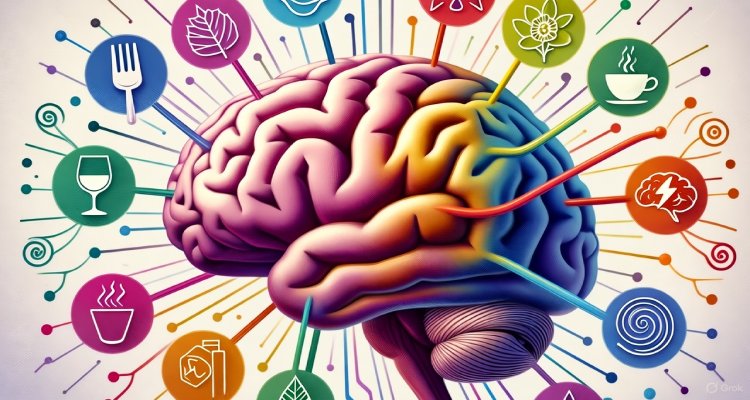When AI Dreams: The Science of Neural Hallucinations
Are AI systems really “dreaming” when they hallucinate? Explore the science of neural hallucinations, their risks, and what they reveal about machine intelligence.
Introduction: Do Machines Dream of Data?
Imagine asking an AI to summarize a research paper, and it confidently invents citations that don’t exist. Or perhaps you request a travel itinerary, and it fabricates hotels and flight numbers out of thin air. These errors are not random glitches they are what researchers call neural hallucinations. But is this simply a bug, or is it the machine equivalent of dreaming?
Context & Background: From Brainwaves to Algorithms
In human terms, hallucinations are false perceptions created by the brain. They often emerge in dreams, mental illness, or states of sensory deprivation. For artificial intelligence, however, hallucinations arise from the very architecture of large language models (LLMs).
Trained on billions of data points, models like GPT, Claude, or Gemini don’t “know” facts the way humans do. Instead, they predict the most likely sequence of words based on patterns in their training data. When the data is thin, conflicting, or contextually stretched, the AI fills the gaps creating outputs that feel authoritative but lack truth.
Main Developments: Hallucinations as a Core Challenge
In recent years, AI adoption has skyrocketed across industries from medicine to law. Yet, hallucinations remain one of the biggest barriers to trust and reliability.
-
Healthcare: Some AI diagnostic tools have invented non-existent medical studies when queried by doctors.
-
Legal System: Lawyers using AI-generated briefs have faced fines after discovering fabricated case law.
-
Education: Students risk misinformation when AIs confidently present false historical details.
This recurring issue has fueled debates: Are hallucinations a flaw to be fixed or an inherent feature of predictive intelligence?
Expert Insight: Dreams, Illusions, or Design Feature?
Cognitive scientists draw parallels between human imagination and AI hallucinations.
Dr. Anil Seth, a neuroscientist at the University of Sussex, describes perception itself as a “controlled hallucination,” where the brain continuously predicts and adjusts reality. Similarly, AI systems operate by guessing the next token in a sequence sometimes leading to brilliant creativity, other times to absurd inventions.
Tech ethicist Margaret Mitchell, co-founder of Google’s Ethical AI team, argues: “Hallucinations reveal both the power and fragility of these systems. They show us that AIs aren’t reasoning engines they’re storytellers.”
Public reaction is mixed. Some see hallucinations as evidence that AI is closer to human-like thinking. Others see it as proof of AI’s fundamental unreliability.
Impact & Implications: What Happens Next
The persistence of hallucinations forces urgent questions for policymakers, companies, and end-users:
-
Trust in Critical Fields – Without robust safeguards, hallucinations in healthcare, finance, or criminal justice could cause real harm.
-
AI Literacy – Users must be trained to cross-check AI outputs, just as readers question news sources.
-
Technological Solutions – Developers are experimenting with “retrieval-augmented generation” (RAG) and fact-verification pipelines, where AIs ground responses in verifiable databases rather than free-form prediction.
-
Philosophical Shifts – Hallucinations may also open a broader debate: Is creativity both human and artificial just a refined form of hallucination?
Conclusion: The Dreaming Machine
Hallucinations in AI are not bugs in the traditional sense. They are a byproduct of how machine learning models process information through prediction, not understanding. While these errors can be dangerous in high-stakes environments, they also highlight AI’s uncanny ability to mimic human imagination.
The real challenge for the future lies in balance: building systems that can dream without deceiving, and ensuring that when AI does “hallucinate,” humans know how to discern fantasy from fact.
⚠️ (Disclaimer: This article is for informational purposes only. It explores the phenomenon of AI hallucinations from a journalistic perspective and should not be interpreted as scientific or medical advice.)
Also Read: Code to Cosmos: Technology Expanding Human Horizons











